Start of Main Content
In 2004 Jerry Fowler, former staff director of the Museum's Committee on Conscience, traveled to Chad to meet refugees who were driven from their homes in Sudan, their villages torched, and their property stolen.
The victims were targeted by the Sudanese government and its allies on the basis of their ethnic identity.
The Museum's Committee on Conscience declared a Genocide Emergency.
This Section
Country Case Studies
Find information on historical cases of genocide and other atrocities.
